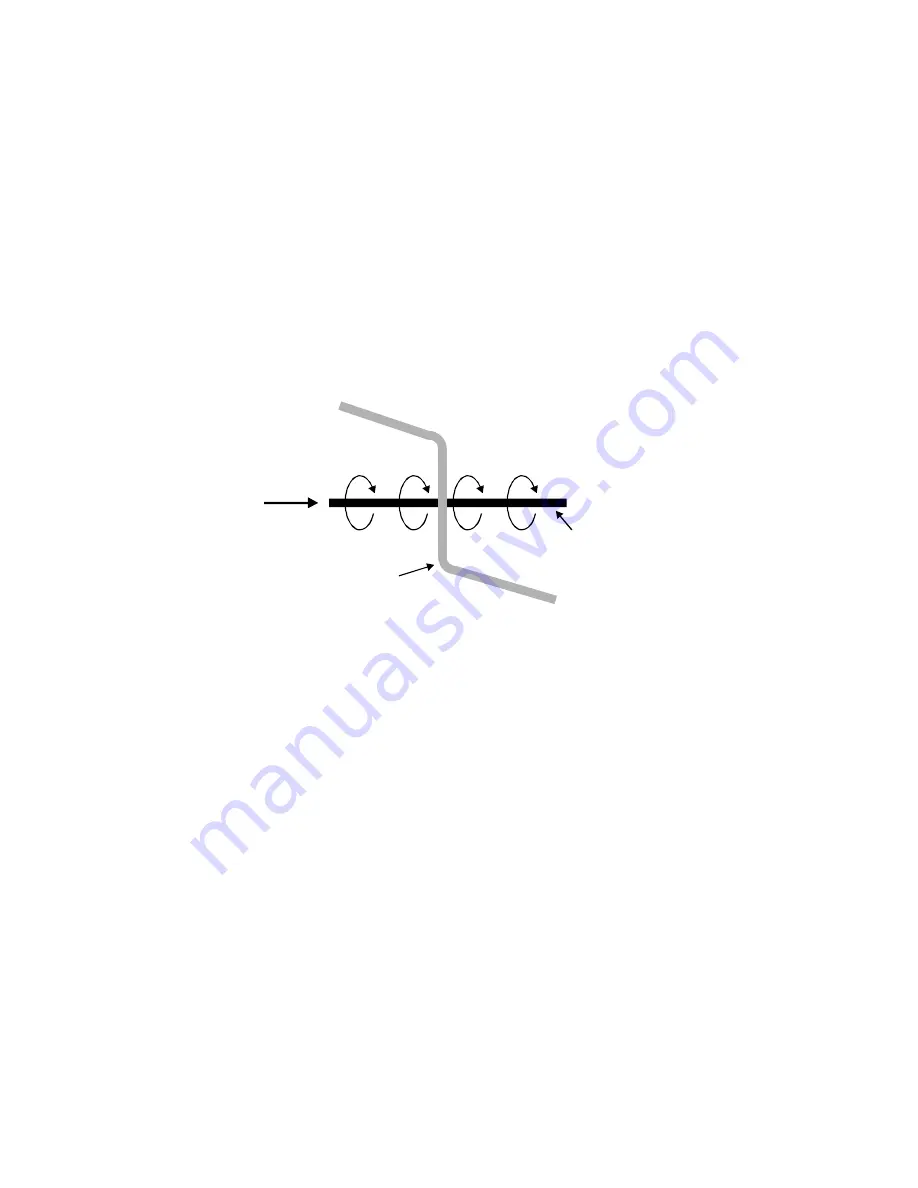
MJ-X
L
Communications Module
19
Figure 7-5 Proper Shield Connections
4.
When the Communication Module is mounted in the MJ-X
L
Control Panel, it is grounded internally through
the MJ-X
L
to the equipment ground. A separate connection to the equipment ground is not required.
5.
The recommended twisted-pair cable for an RS-485 bus has a characteristic impedance of 120 ohms. Any
change in the type of cable, or an open-ended length of cable, creates a discontinuity in the impedance and
causes a reflection. Placing resistors that match the characteristic impedance of the cable at the open end of a
twisted-pair stub eliminates reflection.
For long, single-ended runs (over 1000 Forwarding ft.), you may need to install a 120 ohm terminating resistor
between the data (+) and (-) terminals of the farthest device from the RTU or master end. Adding the
terminating resistor is not an absolute requirement, but using it minimizes reflected interference on the
communication cable.
6.
Do not route signal cabling parallel to power conductors. Wherever possible, place the communication cable
perpendicular to the power conductor as shown below. Power conductors are any cables or bus conductors
carrying currents greater than 20 amperes.
Current
Flow
Magnetic Field
Around Conductor
Electric Power
Conductor
Communication Cable
Figure 7-6 Communication Cable Routing
Electrical current flowing through a conductor forms a magnetic field around the wire as shown above.
Interference is coupled into the wires in the cable through electromagnetic fields. Just as current through a
wire causes a magnetic field to form around it, a magnetic field can cause current to flow in a wire. This
induction of current is a function of the geometry or orientation of the wires. If the communication cable is at a
right angle with the power conductor, it is aligned with the direction of the magnetic field and no current is
induced.
7.
Follow these guidelines when you route communications cables between electrical equipment:
•
Run communications cables in the same cable raceways (cable routes, cable trays, or cable gutters_) as
unshielded digital and analog signal cables up to 60 V.
•
Run communications cables in the same cable raceway with shielded signal and supply cables up to 230
V.
•
Run communications cables 4 inches away from unshielded signal and supply cables of up to 230 V.
•
Run cables with voltages greater than 230 V in separate ducts (routes, conduits).












































